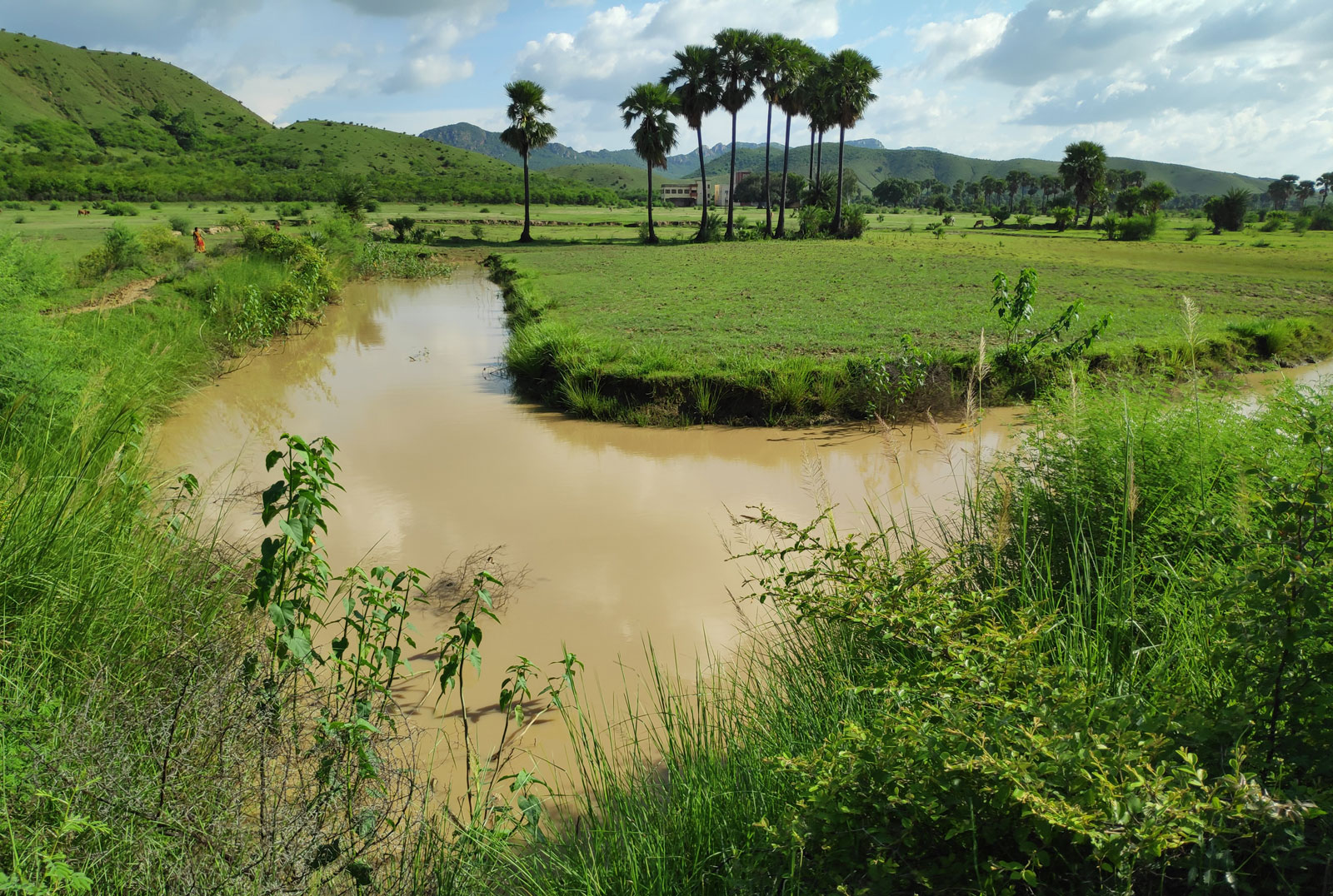
Significance of the landscape
The Gaya Forest Division, in the south of Bihar and bordering Jharkhand, is an important cultural heritage site, and has a deep entrenchment in terms of cultural services, regionally and globally. Buddha is believed to have attained enlightenment at Bodh Gaya, making it an important Buddhist pilgrimage site. There are other places in the landscape of religious significance to Hindus and Jains. The landscape is densely populated, and agriculture is the primary occupation.
The forest cover in the division is sparse. To combat the declining state of the resource base, the state has created schemes to promote plantations, set up nurseries, and incentivize farmers to ensure the survival of plants. The state government is implementing an agroforestry scheme based on poplars wherein planting material is given for free to farmers to plant trees on their farms. Based on the survival, the government provides incentives to the farmers. The state has set a target of reaching 17 percent tree cover by 2022, from 7.75 percent in 2017.
The Falgu/Phalgu River, a tributary of the Ganga, serves Gaya Town and District and runs south to north in the division. Formed by the confluence of two streams (Lilajan and Mohana), this non-perennial river’s flow increases largely during the rainy season.
The Gautam Buddha Wildlife Sanctuary is an important part of the landscape, covering 259 square km and located on the hills and undulating tracts north of hilly terrain that is an extension of the Chhotanagpur Plateau. Among the wildlife found in the sanctuary are leopards, hyenas, bears, wolves, wild dogs, wild boars, spotted deer, and nilgai.

Forest Cover

Administrative Map
Ecosystem Services in Gaya
- Provisioning Services: The Gautam Buddha WLS provides fringe villages with fuel, fodder, and other NTFPs (e.g., bael, mahua, and beedi leaves). Collection is predominantly for subsistence, with only nominal selling of fuel and seasonal fruits. The district is characterized by high dependence on natural resources, which puts heavy pressure on the already degraded forest.
- Regulating Services: In addition to water cycle regulation, the forest ecosystem plays an important role in air quality and climate regulation, natural hazard and pest regulation, and carbon sequestration. The forest is the origin of many small seasonal streams that feed into the irrigation system, and it regulates by filtering sub-surface and surface water flows. Associated services of erosion control, pollination, and water purification/waste treatment from the forest benefit everyone.
- Cultural Services: Beyond aesthetics, tourists and the local population benefit from the region’s cultural heritage, spiritual and religious tourism, ecotourism, and art, folklore, and architecture.
- Supporting Services: Farmers and the local population benefit from soil formation, primary production, nutrient cycling, and habitat services.
Gaya Forest Division (Forest Cover)

Gaya Forest Division (Administrative Map)


